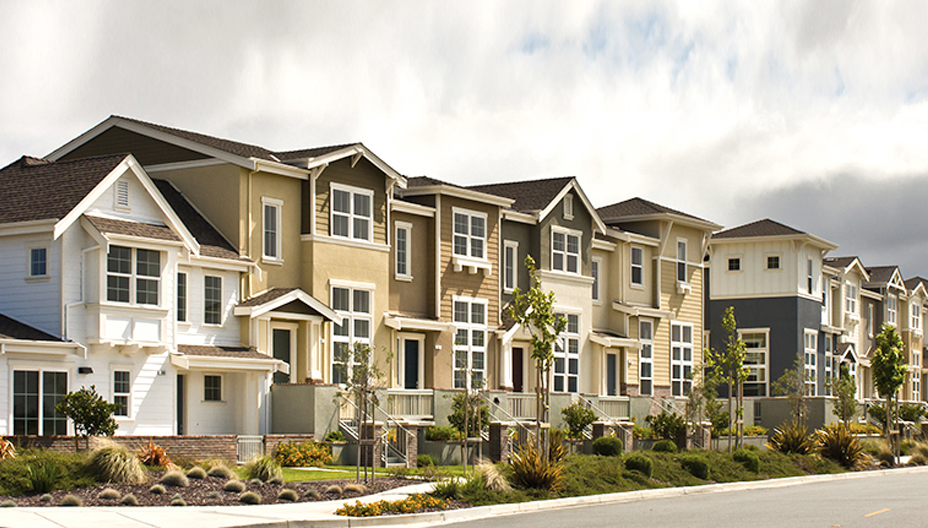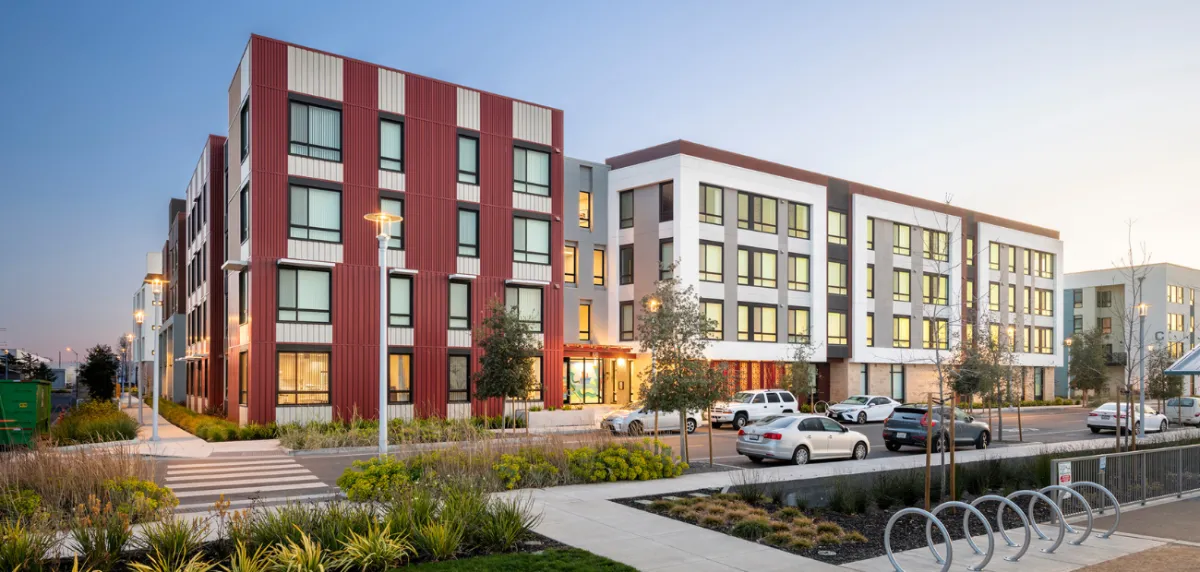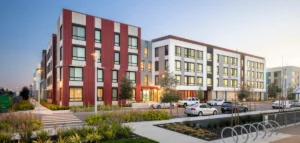RENTCafe.com projects that an estimated 45 million Gen Z-ers will have entered the housing market by 2025 and they will be more likely to rent.
By Les Shaver | November 11, 2020 at 07:45 AM
When the Great Recession sent scores of Americans out of their homes and Millennials began to move out on their own, renting took off in the early 2010s.
By the mid-2010s, 111 million people were renting in the US, according to RENTCafe.com.
Then, for the first time since 2004, the number of renters declined in 2016, ticking down 0.1%, according to RENTCafe.com. Since then, the renter population has been on a downward trend, decreasing by 1% in 2019.
That year the number of renters fell to 107 million, as many millennials began to purchase homes. Homeownership increased to almost 213 million at the close of the decade, according to US Census data.
Now, new demographic trends point to another reversal.
RENTCafe.com projects that an estimated 45 million Gen Z-ers will have entered the housing market by 2025. Most of those young adults will be more likely to rent. “And, if the current behavior patterns of young Millennials and adult Gen Z-ers continue, the renting lifestyle is poised to regain some ground in the next decade and maintain a solid footing in urban areas,” according to RENTCafe.com.
One factor that could make it even more difficult for young adults to become homeowners is dramatic increases in home prices during COVID.
The last time that S&P CoreLogic Case-Shiller’s National Composite Index matched August’s 5.7% growth rate was 25 months ago, in July 2018. If it grows at similar rates in the following months, S&P Dow Jones Indices is ready to conclude that the COVID-related deceleration is behind us.
“A trend of accelerating increases in the National Composite Index began in August 2019 but was interrupted in May and June, as COVID-related restrictions produced modestly-decelerating price gains,” Craig J. Lazzara, Managing Director and Global Head of Index Investment Strategy at S&P Dow Jones Indices said in a prepared statement.
Overall, renters still make up 33.6% of the US population, increasing from 33% in 2010. At the beginning of the decade, homeowners made up 67% of the population. Now, they represent 66.4% of all Americans.
Certain cities, though, have been outliers in recent years. For instance 23 markets with more than 100,000 residents gained a renter-majority last decade, even though the numbering of renters was declining overall, according to RENTCafe.com. Texas has four of RENTCafe.com’s 10 cities with the highest renter share. Those include Frisco, Plano and McKinney and The Woodlands.
Owners were the majority in only 12 of the cities analyzed by RENTCafe.com in the same timeframe. Notably, Baltimore, Chicago and Sacramento, Calif., have transitioned to an owner majority since 2010.












